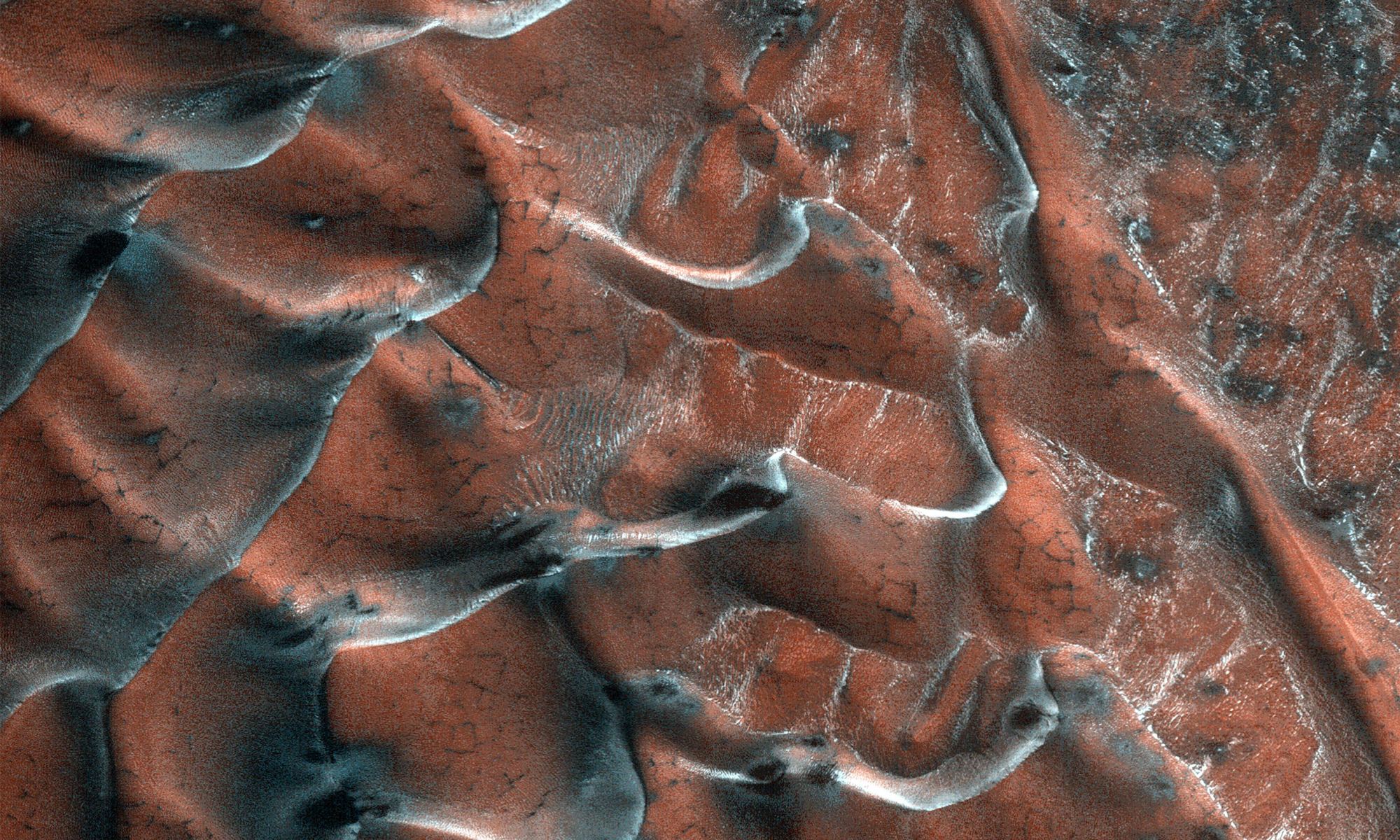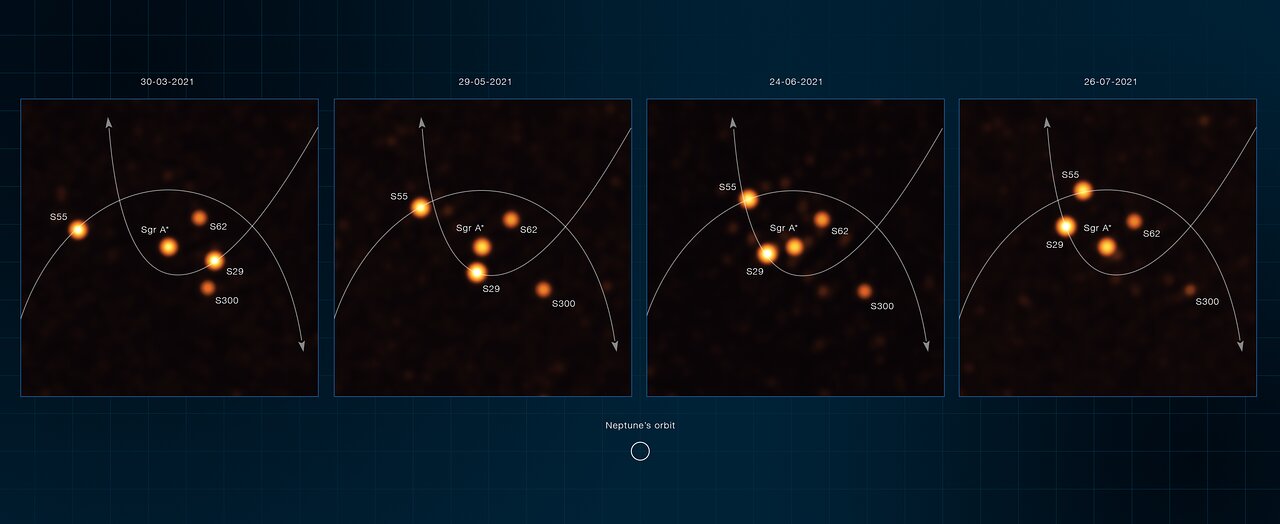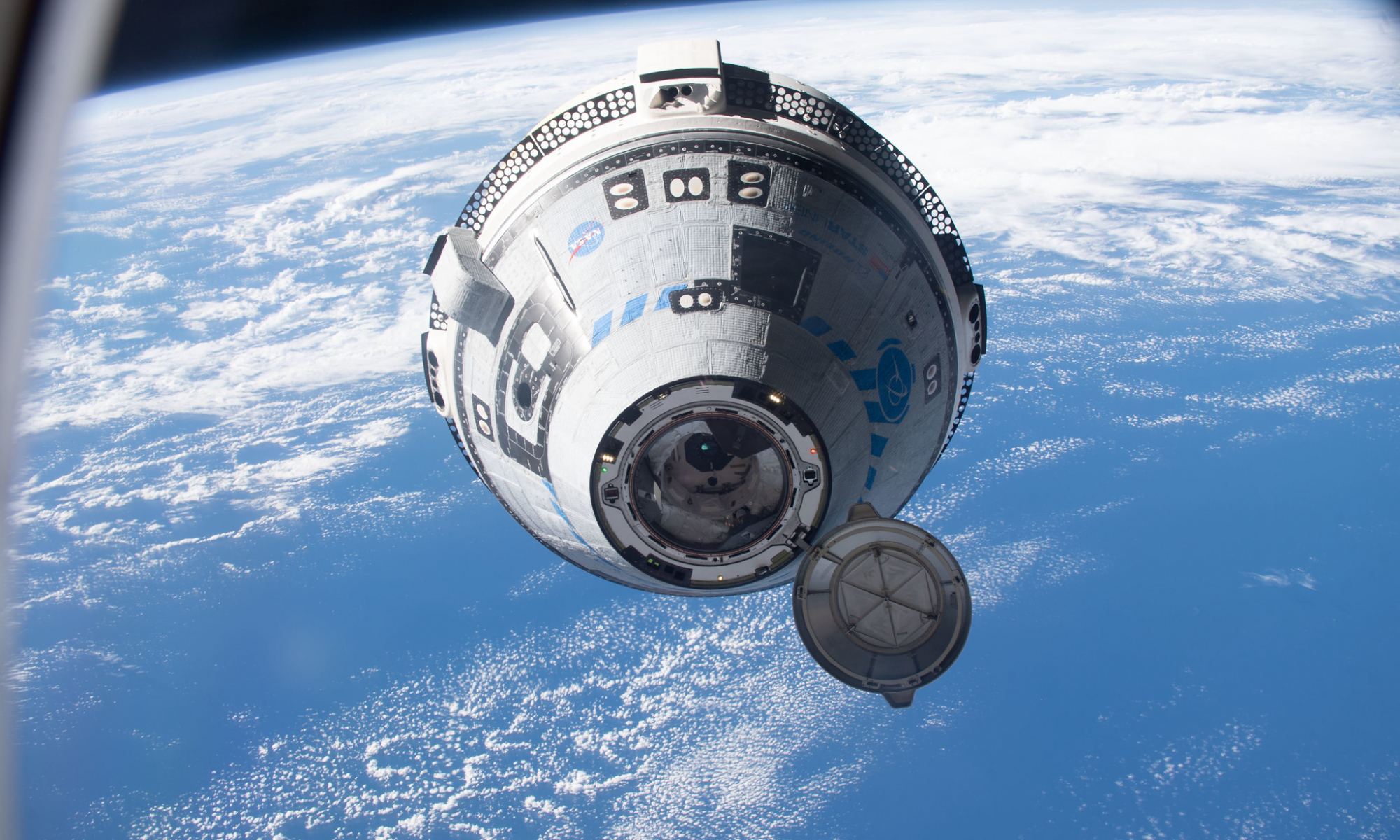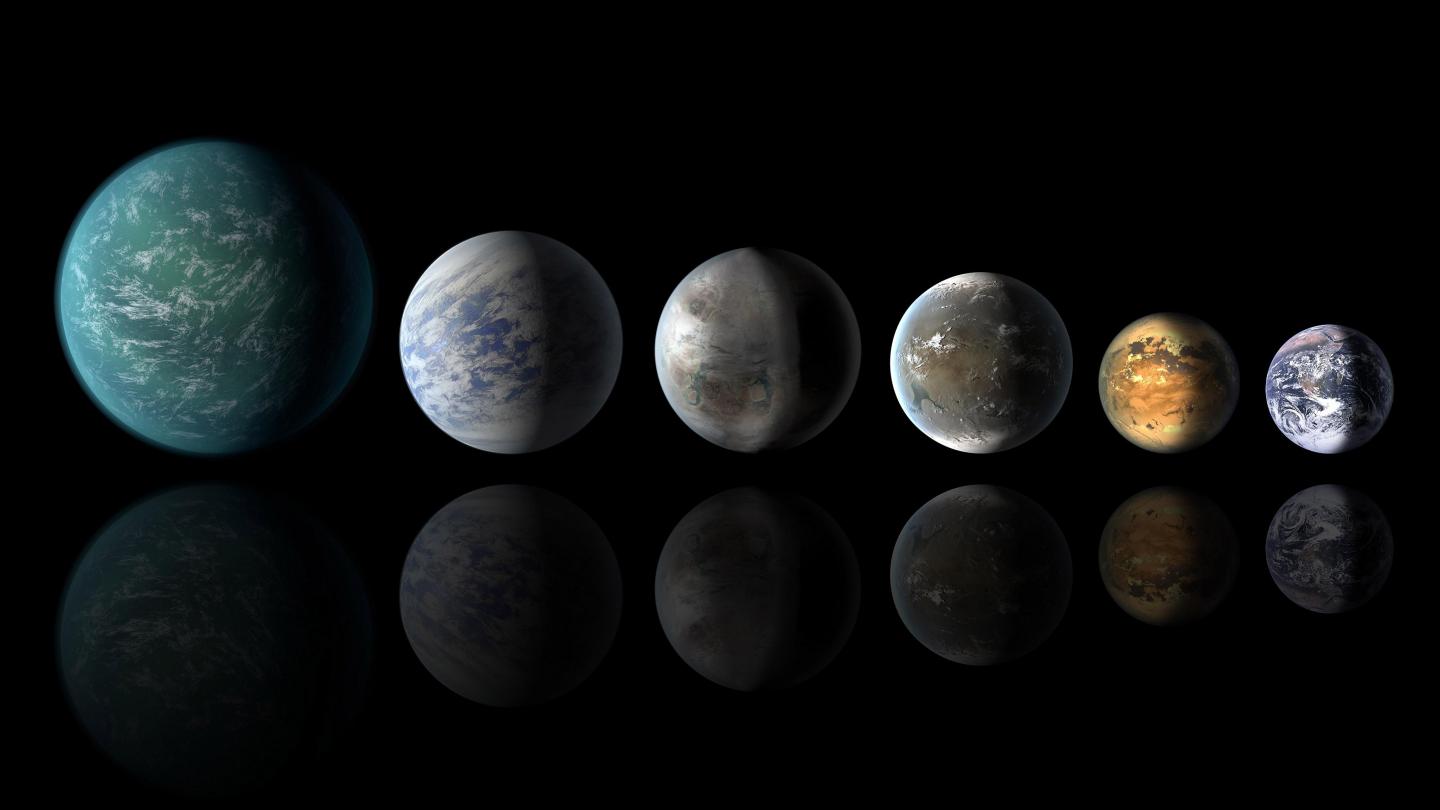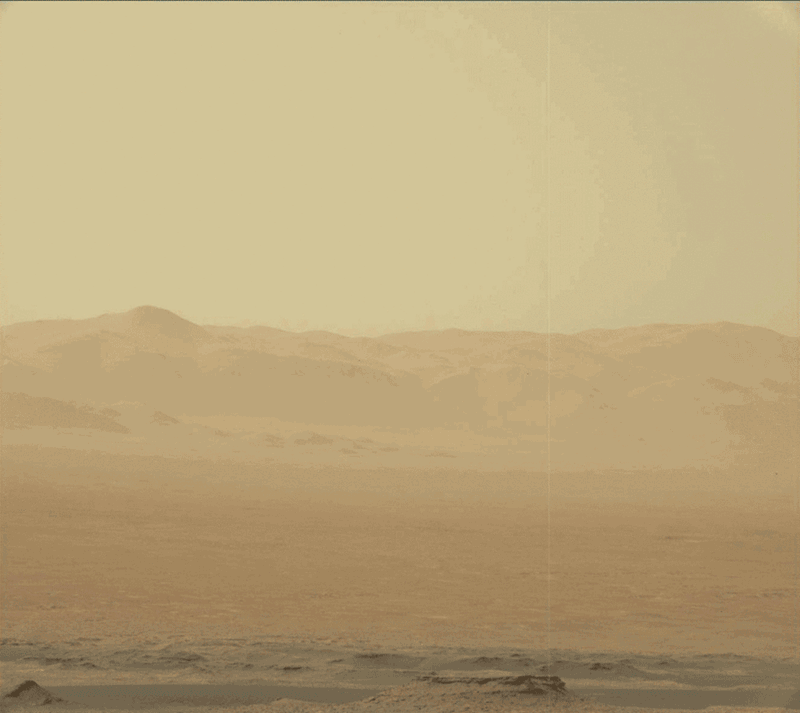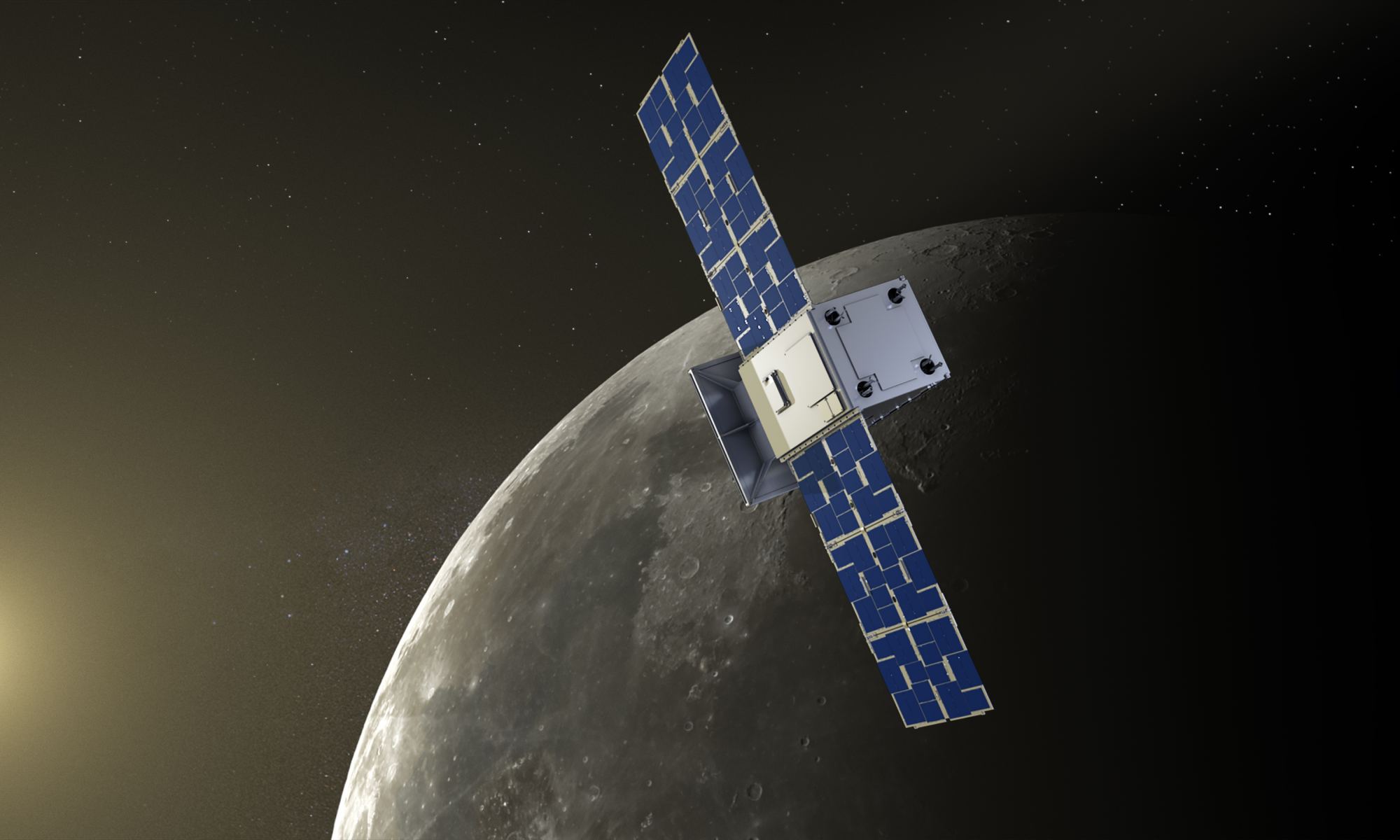One of the most interesting things we can learn from studying the planets and bodies of our Solar System is how much they have in common. Mars has polar ice caps and features that formed in the presence of water. Venus is similar to Earth in size, mass, and composition and may have once been covered in oceans. And countless icy bodies in the Solar System experience volcanism and have active plate tectonics, except with ice and water instead of hot silicate magma. Another thing they have in common, which may surprise you, is sand dunes!
According to a new study by researchers from Monash University and the University of Pennsylvania, multiple planets in our Solar System have sand dunes on their surfaces – just in different forms! These features further indicate that the mechanisms for dune formation are ubiquitous throughout the Solar System. These findings could lead to new methods for assessing the surface conditions of planets and moons and could have significant implications for future robotic and crewed missions to study them up-close.
Continue reading “Compare Sand Dunes Across the Solar System, From Venus to Pluto”
